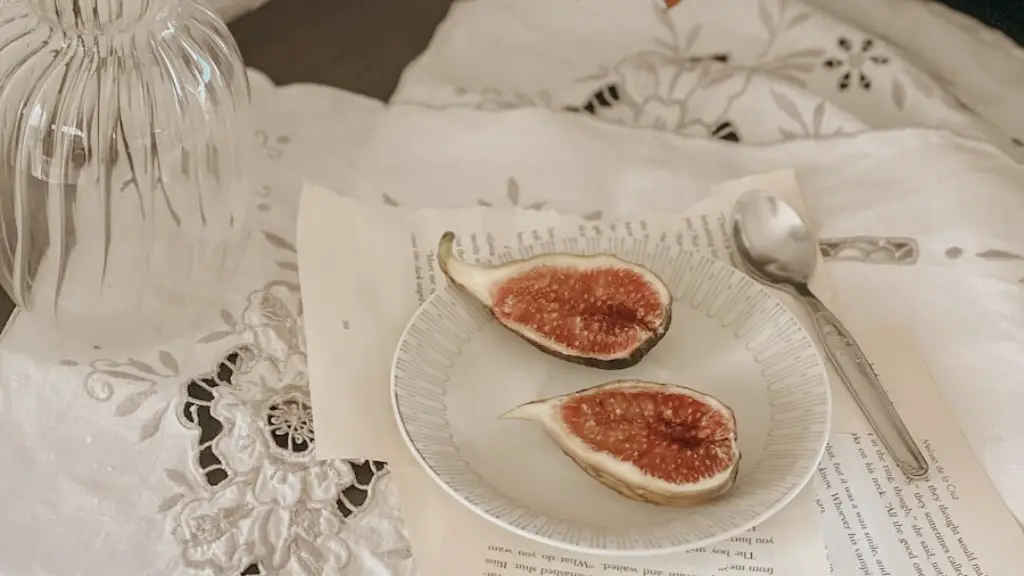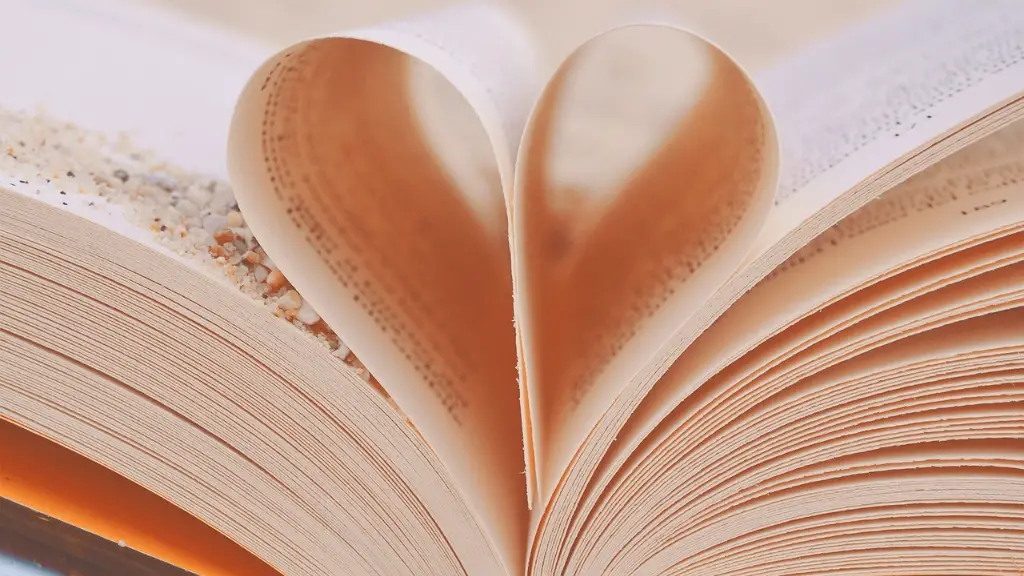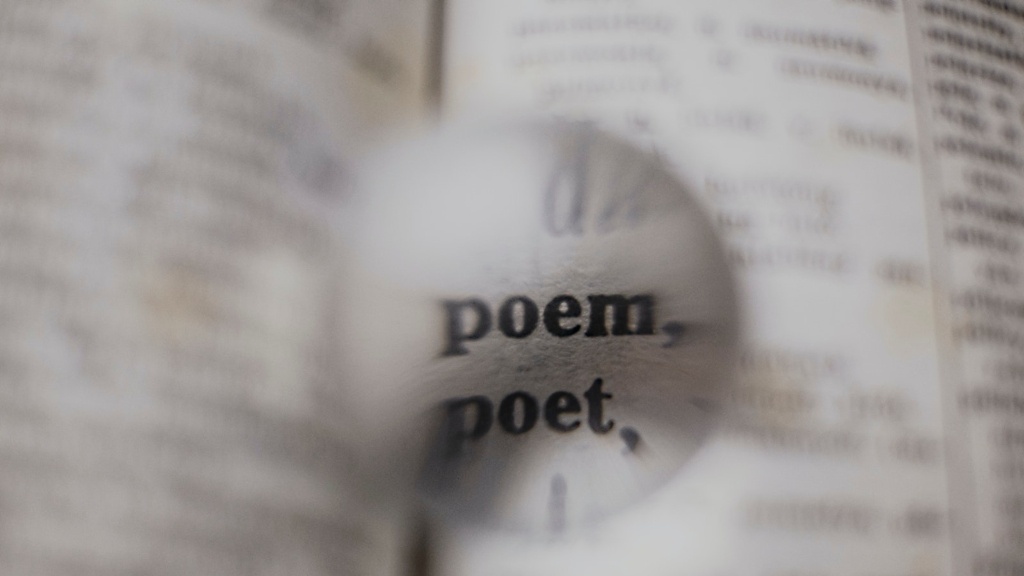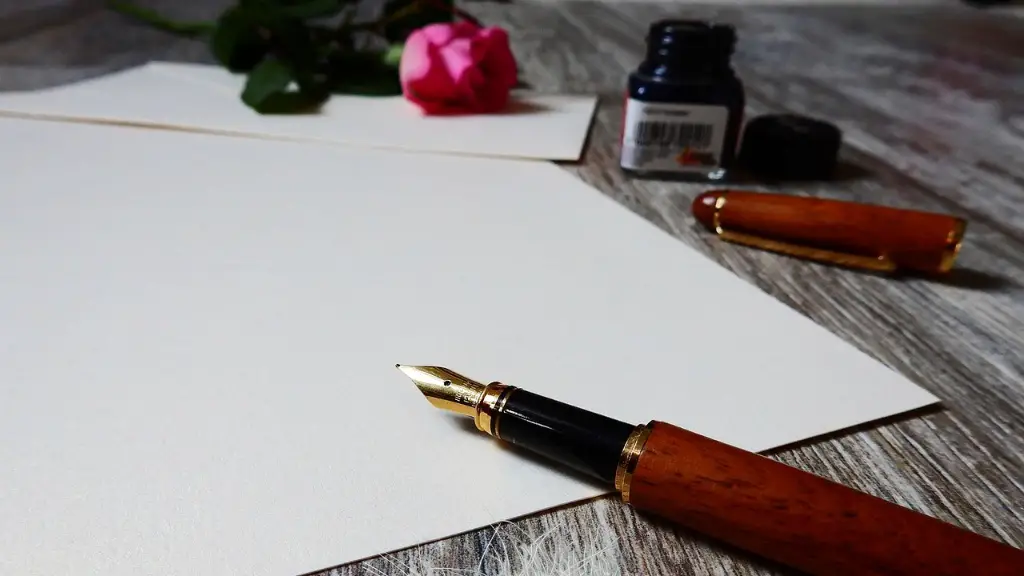Rhymes and Rhythm
Emily Dickinson’s poetry stands out for its unique rhymes and rhythm. Her poems often use alliteration, rhyme schemes and changing meter. Dickinson’s use of end-rhyme is one of the most distinctive qualities of her poetry. Her rhymes often appear at the end of the third line, rather than the second line as usual in English literature. She uses simple yet powerful language that creates an impact.
Dickinson also experimented with her use of rhythm. She often used long and short lines that created a staccato effect. This helps to create a sense of excitement in most of her poems. Dickinson also used pauses and questioned her reader’s actions or beliefs, which makes her poetry even more effective. Instead of just reciting lines, she provokes the reader to think and reflect.
In terms of rhyme, Dickinson used repeating letters, internal rhyme and slant rhyme. Her ability to craft rhymes is often compared to Elizabeth Barrett Browning and William Wordsworth’s work. Dickinson also freely switched between traditional meter and free verse in her work.
Imagery
Emily Dickinson’s poetry is also known for its imagery. She used vivid images to express her feelings and ideas. Dickinson often used nature as an imagery to describe how she felt. She used both direct and metaphorical language to create a captivating picture for her reader. In her poems, she often described the sky, flowers, bees and birds.
Dickinson also used conventional symbols such as death and mourning. She often used death to symbolize the decay of life and its impermanence. Dickinson also used images of everyday life to evoke strong emotions in her reader. Her description of the mundane and the everyday helps to bring her poetry to life.
Form and Structure
Emily Dickinson’s poems are known for their unconventional form and structure. She used short lines, which often created a sense of suspense in her reader’s minds. Dickinson also used a lot of enjambments in her work. This means that she created sentences that went over multiple lines. This creates a sense of uncertainty in her reader’s mind and makes them anticipate what the next line may say. Dickinson also created long sentences that finish at the end of the page, making the reader want to read the next line.
Dickinson also used a lot of unfinished sentences and phrases. This creates a feeling of curiosity and wonder in the reader. Dickinson usually finished her poems abruptly, leaving her reader wondering what the ending would have been. This is an effective technique to engage the reader and make them think.
Symbolism
Emily Dickinson’s poetry also stands out for its symbolism. She often used symbols to represent her ideas and feelings. One of the most popular symbols used by Dickinson is the butterfly, which she often used to portray freedom and transformation. Dickinson also used the hummingbird and the bird as symbols of hope, peace and joy. She also used the bird’s flight to describe the passage of time.
Another popular symbol Dickinson used was the flower. She often used the flower to symbolize new beginnings, renewal and hope. Dickinson also used the color white as a symbol of death and mourning. She used black and grey to represent pain and despair. Her use of vivid imagery and symbolism makes her poetry even more captivating.
Style
Emily Dickinson’s poetry has a unique and distinctive style. She used plain language and simple words that created an impact. Her language was often carefully crafted and had a non-traditional structure. Unlike other poets, her words were not meant to be beautiful or poetic. Instead, she used simple and plain words to get her point across.
Dickinson also used a lot of repetition in her poetry. She often repeated the same words or phrases to emphasize her point and create a sense of urgency. Dickinson also used short sentences, which made her work very concise and powerful. Her language was often direct and to the point, which made it even more engaging and effective.
Conclusion
Emily Dickinson’s poetry stands out due to its unique rhymes and rhythms, vivid imagery, unconventional form and structure, symbolism and distinctive style. She used simple yet powerful language that creates an impact and evokes strong emotions in her readers. Her use of end-rhyme and repetition make her poetry even more captivating. The use of symbols, imagery and the non-traditional structure in her work make it even more memorable and distinctive.



